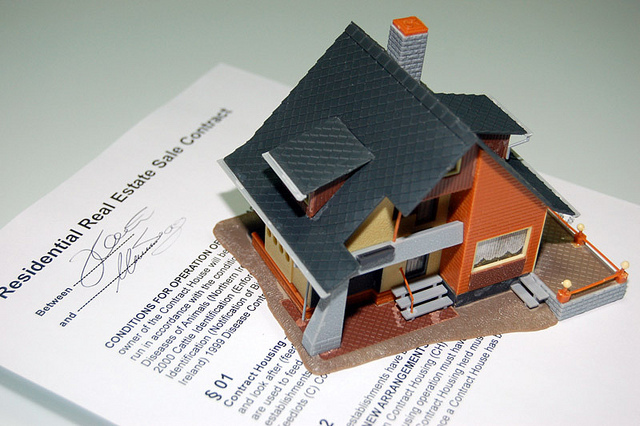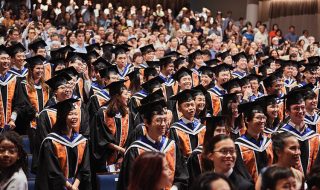
If you are planning to buy your first property, you will be made to get accustomed to a term call “TDSR” or Total Debt Servicing Ratio (besides SIBOR, LTV and the likes) introduced on 28 June 2013. Not surprisingly, 1 in 3 home buyers are not familiar with how the TDSR works.
TDSR is one of the 8 rounds of property cooling measures enforced the the Monetary Authority of Singapore (MAS) since the financial meltdown of sub-prime crisis in 2008.
It has been more than a year since it was implemented and has since impacted the property market in Singapore, dampening demands and preventing housing price to go out of control.
What is TDSR?
To ensure financial prudence in borrowers, a framework is set to ensure that a borrower cannot has a outstanding debt repayments more than 60% of his gross income. This not only prevent home buyers of excessive gearing, it also ensure that financial institutions (FIs) are able to manage their credit risk appropriately.
Outstanding debt repayments encompasses ALL your financial liabilities which includes and are not limited to: student loan, credit card debt, car loan, personal loan, etc.
When your overall debts cannot exceed 60% of your gross income, it also means that if you are earning a gross income of $3,000 a month, your total debts cannot exceed $1,800 (60% of $3,000). That is to say if your existing outstanding debts amount to $1,000, your mortgage repayment should not exceed $800 – calculated with the higher of actual interest rate or 3.5% (for residential properties) or 4.5% (for non-residential properties). On top of that, there is a Mortgage Servicing Ratio (MSR) of 30% that stipulates that the amount that goes to service your mortgage should not exceed 30% of your income. In this case, your maximum allowable repayment is $900 (30% of $3,000).
You can use the TDSR calculator from UOB to calculate your home loan.
* If you are a variable income earners (e.g commissions, bonus), there is a 30% haircut which means only 70% of the income is used in the calculation of TDSR.
Why is there a need for TDSR?
With low interest rate and growing investment appetite, coupled with excess capital liquidity – it could be an eerie reminiscent of the housing bubble in 2006 which eventually goes burst and causes mayhem. Fortunately, Singapore has various cooling measures which include a limit on the maximum loan tenure, loan-to-value limits and imposing stamp duties such as the Additional Buyer Stamp Duty (ABSD) and Sller Stamp Duty (SSD) and has managed to curb inflating property prices. There is also a stricter liquidity rule which requires bank to hold quality liquid assets such as cash and government bonds to withstand an intense 30-days shock witnessed in the 2008 crisis.
What happens after several rounds of cooling measures?
As one would have expected, property prices has been heading south and dampening demands has led to many unsold units. The URA’s Private Residential Property Price Index has fallen for the fifth consecutive quarters in the latest URA’s flash estimate published in 2 January 2015. For the entire year of 2014, prices has fallen by 4%. There are anecdotal evidence that if prices fall by 10%, Singaporeans have the liquidity and means to snap up the units!
Housing loans has just increased by 6 per cent in September 2014 from a year ago, a stark contrast of the peak of 23 per cent in August 2010.
The property market is still lackluster and Minister Khaw Boon Wan seems adamant to keep the property cooling measures, home buyers may find themselves landing a good deal with 50,000 new units to be completed over the next 2 years.




